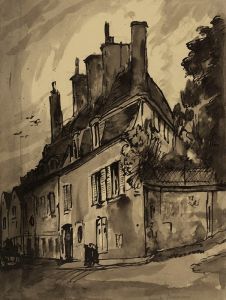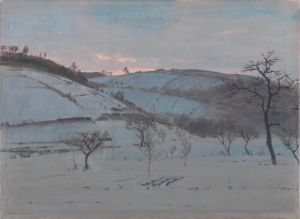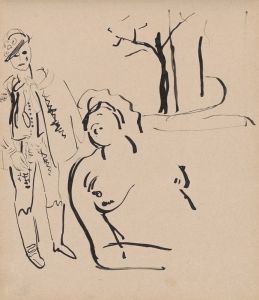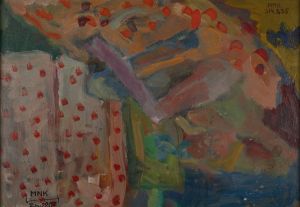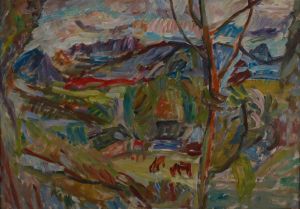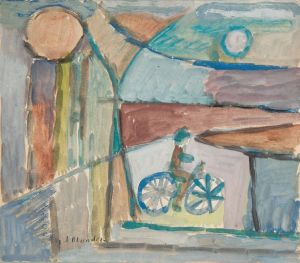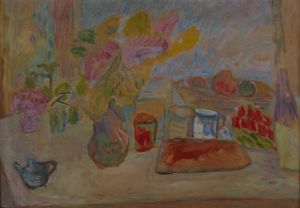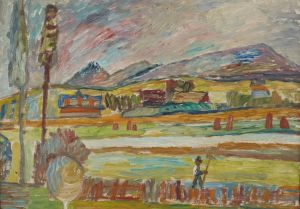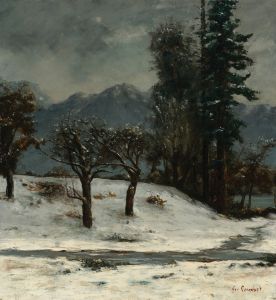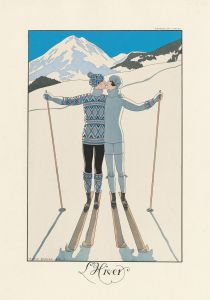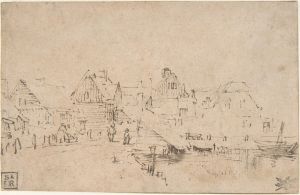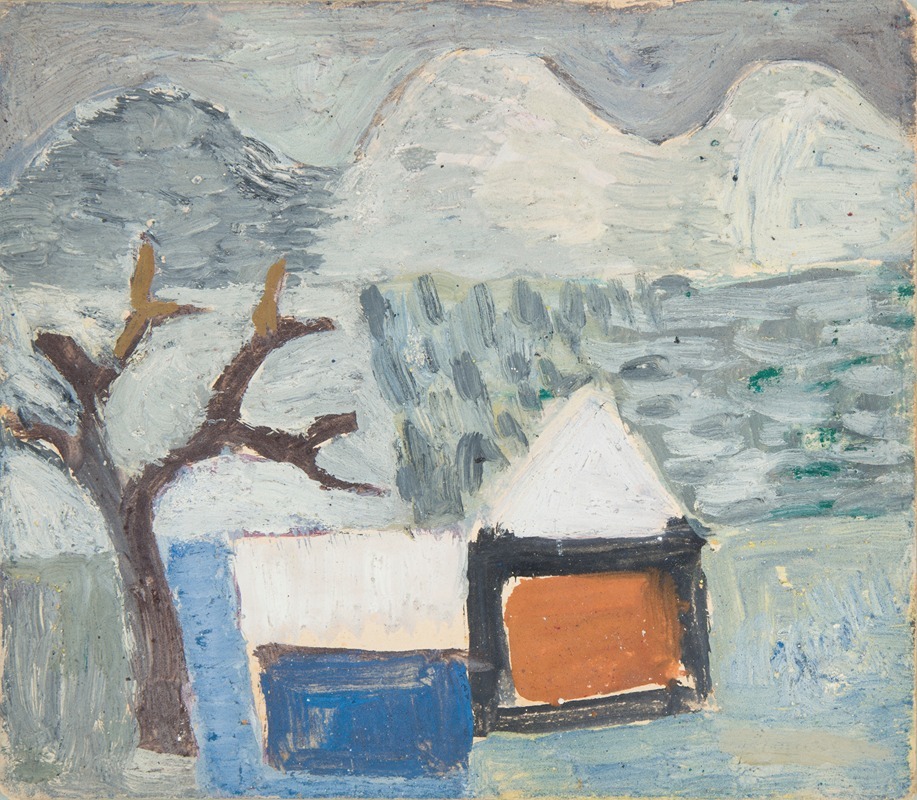
Pejzaż zimowy z domami
A hand-painted replica of Sasza Blonder’s masterpiece Pejzaż zimowy z domami, meticulously crafted by professional artists to capture the true essence of the original. Each piece is created with museum-quality canvas and rare mineral pigments, carefully painted by experienced artists with delicate brushstrokes and rich, layered colors to perfectly recreate the texture of the original artwork. Unlike machine-printed reproductions, this hand-painted version brings the painting to life, infused with the artist’s emotions and skill in every stroke. Whether for personal collection or home decoration, it instantly elevates the artistic atmosphere of any space.
Pejzaż zimowy z domami (Winter Landscape with Houses) is a painting by Sasza Blonder, a notable Polish-Jewish artist associated with the avant-garde movement in the early 20th century. Blonder was born in 1909 in Chortkiv, which was then part of the Austro-Hungarian Empire and is now in Ukraine. He later moved to Poland, where he became an influential figure in the Polish art scene.
Blonder studied at the Academy of Fine Arts in Kraków, where he was influenced by the modernist trends of the time. He was a member of the Kraków Group, an avant-garde collective of artists who sought to break away from traditional forms and explore new artistic expressions. His work often reflected the socio-political changes and the avant-garde spirit of the interwar period.
Pejzaż zimowy z domami is a prime example of Blonder's ability to capture the essence of a scene with a modernist touch. The painting depicts a serene winter landscape with houses, characterized by its use of geometric forms and a limited color palette. The composition is balanced and harmonious, with the snow-covered houses and trees creating a tranquil and almost abstract scene.
Blonder's use of color in this painting is particularly noteworthy. The muted tones of white, gray, and blue evoke the cold and stillness of winter, while the occasional use of warmer colors adds a subtle contrast and depth to the scene. The geometric shapes of the houses and trees are simplified yet recognizable, showcasing Blonder's skill in blending abstraction with representation.
The painting reflects Blonder's interest in the interplay between form and color, a hallmark of the modernist movement. His approach to landscape painting was innovative, moving away from the detailed and realistic depictions of the past and towards a more abstract and conceptual representation. This shift was indicative of the broader trends in European art during the early 20th century, as artists sought new ways to express their perceptions of the world.
Blonder's career was tragically cut short by the events of World War II. As a Jewish artist, he faced persecution under the Nazi regime. He fled to France in 1937, where he continued to work and exhibit his art. However, his life was tragically ended in 1949, when he died in a car accident in Paris.
Despite his untimely death, Blonder's work has continued to be celebrated for its contribution to modernist art. Pejzaż zimowy z domami remains an important piece in his oeuvre, exemplifying his unique style and his ability to convey the beauty and stillness of a winter landscape through a modernist lens. The painting is a testament to Blonder's talent and his place in the history of 20th-century art.






